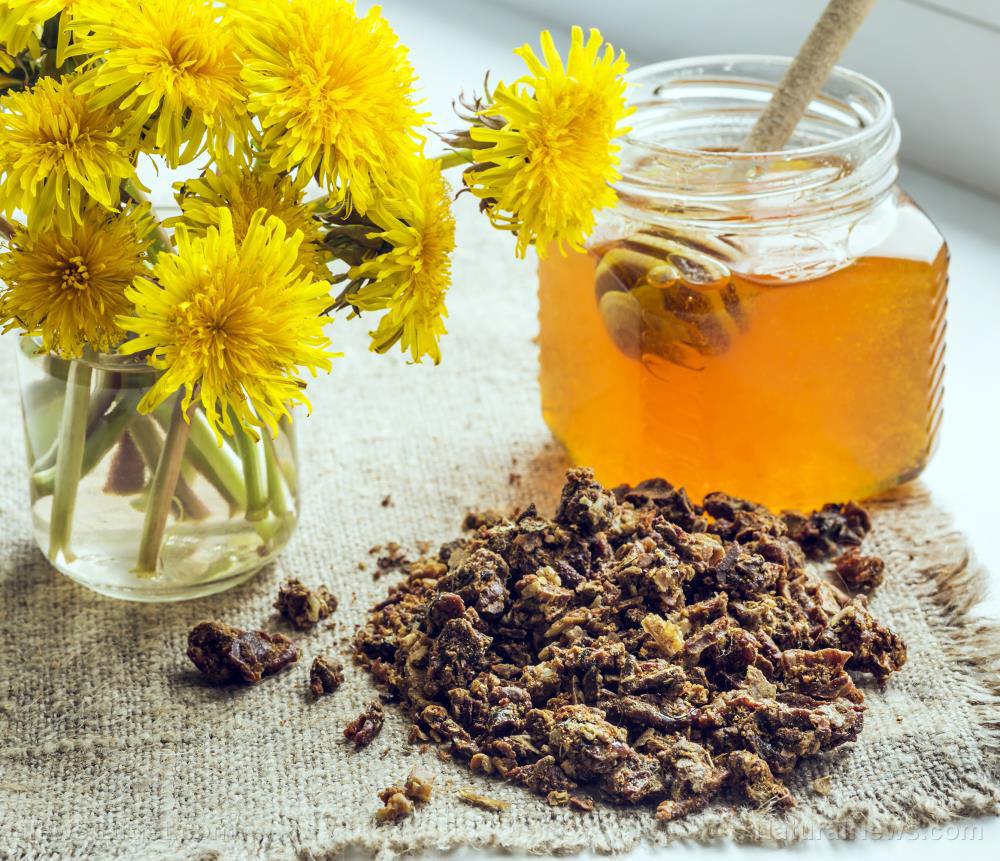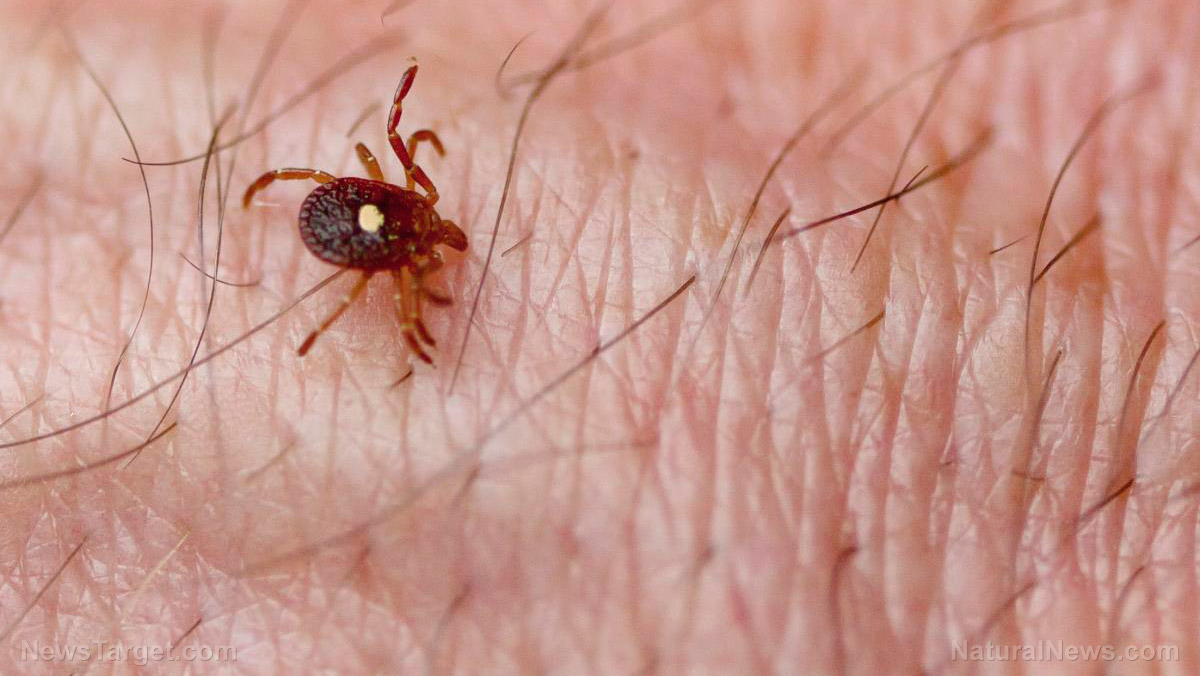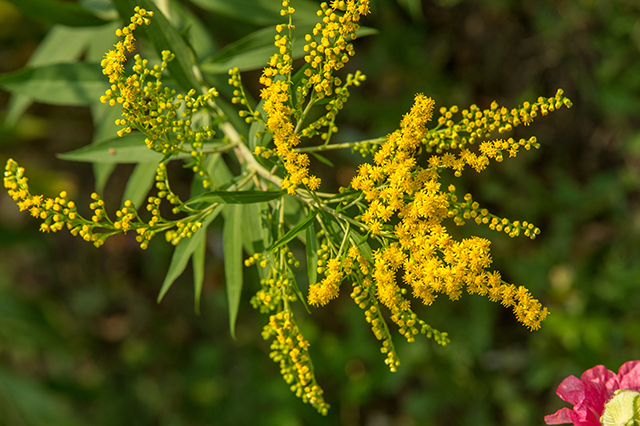
One of the most important molecules involved in allergic reactions is histamine. Its release is controlled by the allergy-sensitive gene, histamine H1 receptor (H1R), in the mucous membrane of the nose.
Patients with allergic rhinitis have much higher levels of H1R gene expression in their nasal mucosa, which results in a more severe reaction.
Most treatments use antihistamine drugs to suppress the expression of H1R. However, this gene is not the only one responsible for allergy attacks.
The interleukin 9 (IL-9) gene is another allergy-sensitive gene. This gene releases inflammatory cytokines, and the mediator is nuclear factor of activated T-cells (NFAT) signaling.
One of the traditional ways to treat allergic rhinitis with honey and honey-based products. Royal jelly, in particular, is effective at suppressing allergy-related inflammatory cytokines.
Another option is Brazilian green propolis. Made from the South American plant Baccharis dracunculifolia, it is considered to be safe for human use and effective at reducing the effects of allergies. (Related: Bee propolis: One of nature’s most effective antibiotics.)
The royal jelly treatment and the propolis supplement
The scientific literature was sparse on the way royal jelly and Brazilian green propolis improved the symptoms of allergic rhinitis. A Tokushima University (TU) study sought to determine the mechanism by which they operated.
The researchers constructed an animal model using brown Norway rats. One group of five animals was set aside to serve as the control.
The remaining five groups acted as test groups. Different amounts of royal jelly and the ethanol extract of Brazilian green propolis were given to the rats for three weeks.
Sneezing was induced in the animals through the use of a chemical. The rats developed symptoms similar to allergic rhinitis.
The researchers kept track of the number of sneezes and the level of runny nose for each animal over 10 minutes. Afterward, the animals were sacrificed so that tissue samples of their nasal mucous membrane could be taken.
The researchers cultured several different lines of human cells, treated them with royal jelly and Brazilian green propolis, and then exposed the cells to histamine and phorbol-12-myristate-13-acetate. Histamine triggers the H1R gene, while phorbol-12-myristate-13-acetate performs the same role with the IL-9 gene.
Confirming the anti-allergic effects of royal jelly and Brazilian green propolis
Allergic symptoms include itchiness, sneezing, and runny nose. These symptoms were reduced in the treated rats, thanks to their consumption of royal jelly and Brazilian green propolis.
Analysis of the nasal tissue showed that the chemical irritant upregulated H1R gene expression and Th2-cytokines. If royal jelly and propolis were administered, they kept the H1R mRNA levels at a minimum and likewise reduced the production of the pro-inflammatory interleukins.
In the cultured human cells, the administration of histamine and PMA spurred the H1R gene expression levels to rise. The two supplements were able to suppress these increases depending on the dosage given to the animals.
These results repeated themselves when ionomycin was applied to mediate IL-9 gene activity. Royal jelly and green propolis were also able to prevent the PMA-enabled phosphorylation process that promotes inflammation.
The TU researchers concluded that these two natural substances achieved their anti-allergic activity by preventing the activation of H1R gene in the nasal mucus passage. By cutting off the signaling pathways that would otherwise set off H1R, royal jelly and Brazilian green propolis could bring relief to allergic rhinitis patients.
Learn how to get the most out of Brazilian green propolis at Naturopathy.news.
Sources include:
Please contact us for more information.























